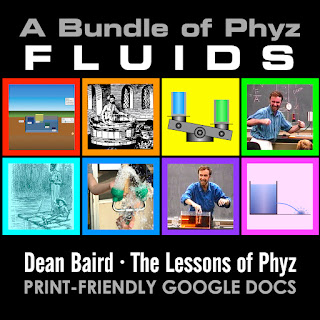Design Challenge: Using only a battery, bulb, wires, and two single pole double throw switches, make a “three-way” switch. A three-way switch involves 2 two-position switches (like common light switches in houses). Either switch can be used to turn a light on or off. Such two-switch systems are often used for lights in stairways, long hallways, or for outdoor structures. Children (of varying ages) sometimes battle each other by stationing themselves at opposite switches; one tries to keep the light on while the other tries to keep it off.
Includes
Student document (print-friendly Google Docs file on Google Drive)
Answer key







